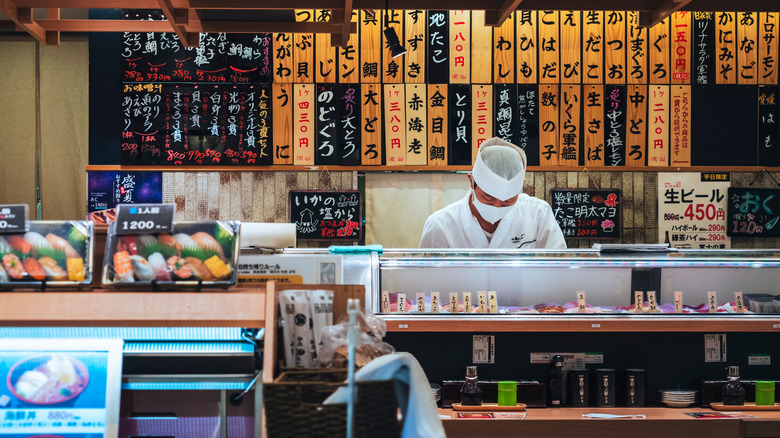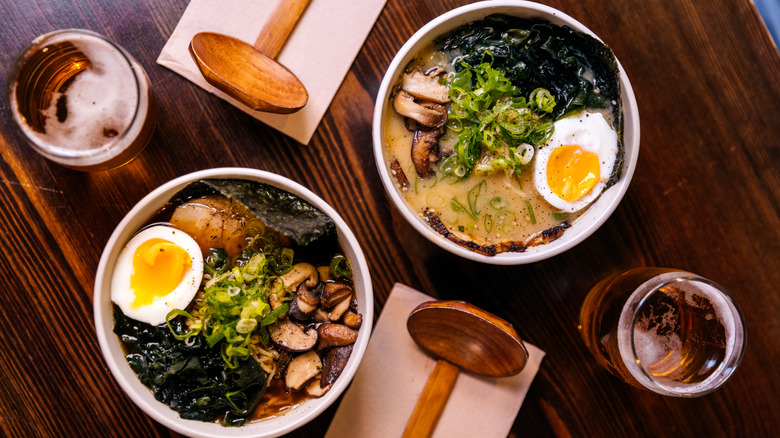You’ve just landed in Tokyo, stomach rumbling, phone in hand. You open Tabelog to check out places to eat because you know locals don’t use Google Maps to find food in Japan. And … huh? Why does every place have 3.5 stars? Well, in Japan, five-star food rarely gets five-star reviews.
According to Wayfinder, “97% of restaurants on Tabelog have a rating of 3.5 or less”. Only around 500 restaurants in the whole country manage to edge above 4 out of 5 stars. It’s not because the food isn’t incredible. It’s because the rating system reflects a cultural blend of humility and a tendency toward comparison. Many diners in Japan rate a meal on how well it stacks up against others they’ve eaten, and therefore, a delicious dinner might get a 3/5 because it’s not the best meal they’ve ever had.
On top of that, there’s a cultural tendency to avoid lavishing praise on others. A 5-star rating may feel excessive, while a 3-star review feels just right for a very tasty meal. Add to the fact that Japan is a collectivist society, where people think hard about how their actions impact others. This means that Japanese people may hesitate to recommend a place unless they’re certain it’ll suit everyone. All of these reasons add up to result in “meh” reviews for restaurants that in the U.S. would get a solid five stars.



